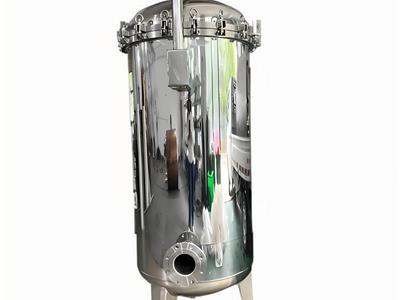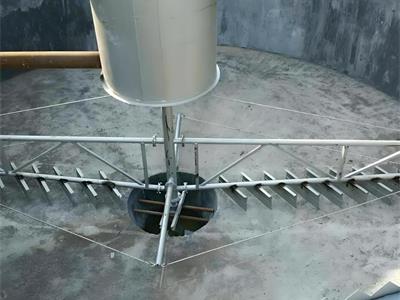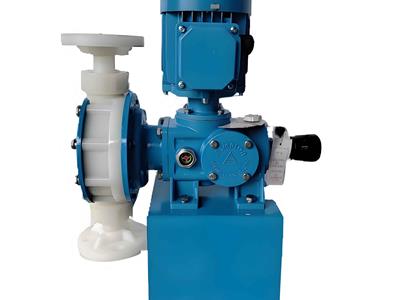- 2025-07-22
Total Dissolved Solids (TDS) Reduction
Total dissolved solids (TDS) refers to the total amount of soluble inorganic salts in water (in mg/L or ppm), and its value is positively correlated with conductivity (conversion coefficient ≈ 0.65, which needs to be corrected according to the ion composition). Typical water source TDS distribution is as follows:
Ultrapure water: <10 ppm
Municipal pipe network: 50-500 ppm
Seawater: 36,000 ppm (45,000 ppm in the Persian Gulf)
Risks of TDS exceeding the standard and monitoring requirements
When TDS>500 ppm (WHO warning value), it will lead to:
Double increase in osmotic pressure of reverse osmosis system (additional 10 PSI operating pressure is required for every 1000 ppm)
Drinking water produces metallic/salty taste (chloride>250 ppm)
Imbalance of osmotic regulation of aquarium organisms (salinity fluctuation>5%)
Increase of scaling rate of industrial equipment by 300%
Core technology solution for deep desalination
Reverse osmosis (RO) system
Use 0.0001 micron composite membrane to accurately intercept ions
Desalination rate>99% (operating pressure>60 PSI/25℃ working condition)
Simultaneously remove 120+ pollutants such as fluoride/pyrogen/colloid
Concentrated water recovery rate can be increased to 45% through ERD device
Key points of project implementation
Pretreatment needs to control SDI <3 to prevent membrane fouling
Seawater desalination needs to be equipped with titanium alloy high-pressure pump (operating pressure > 800 PSI)
Secondary RO effluent conductivity can reach 0.5 μS/cm
Technical and economic advantages
Drinking water TDS is stable at 50-200 ppm (optimal taste range)
Steam boiler feed water hardness <0.1 ppm
Electronic grade ultrapure water resistivity >18.2 MΩ·cm
Energy consumption per ton of water treatment is reduced by 80% compared with distillation






